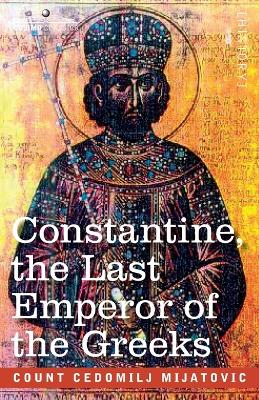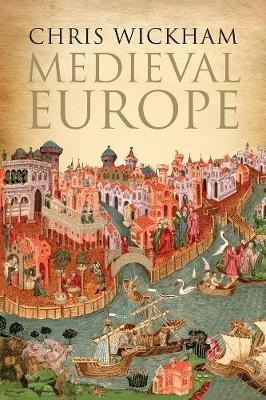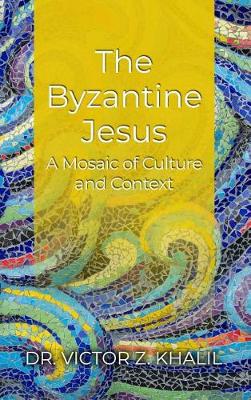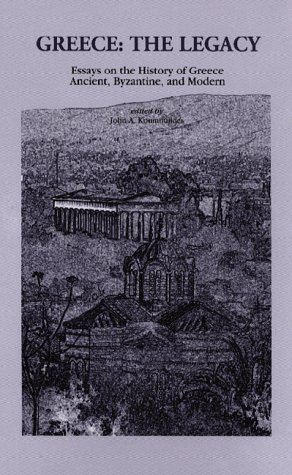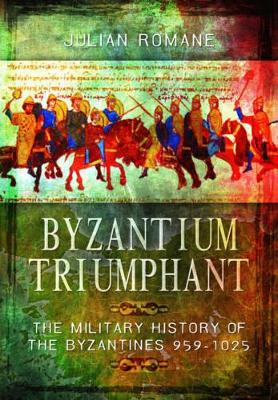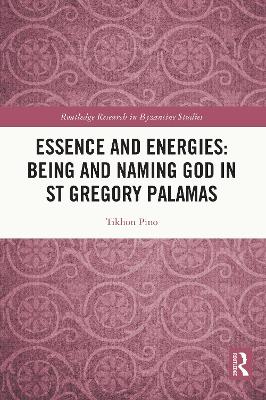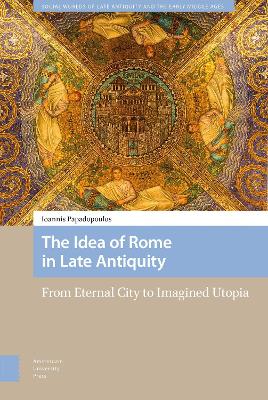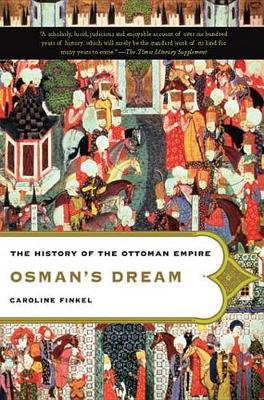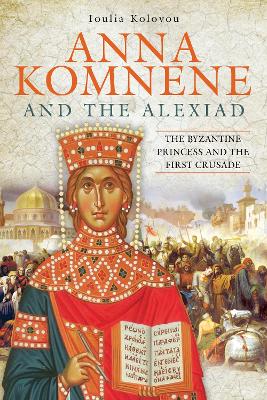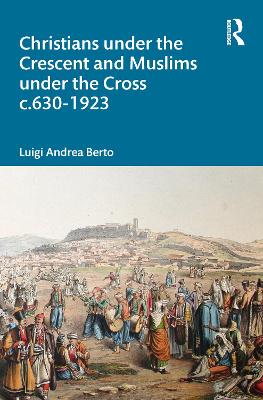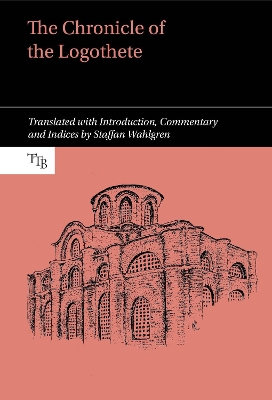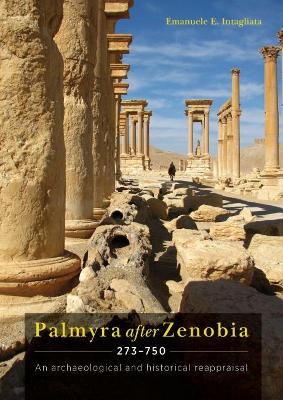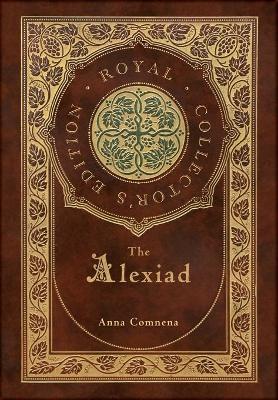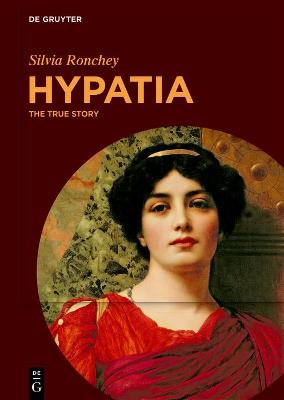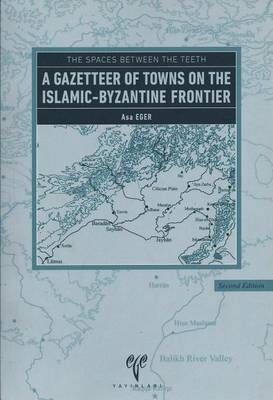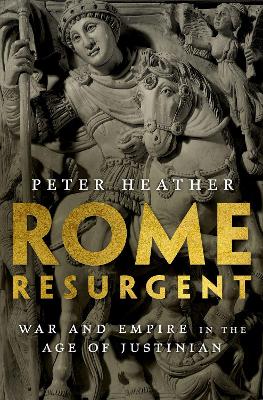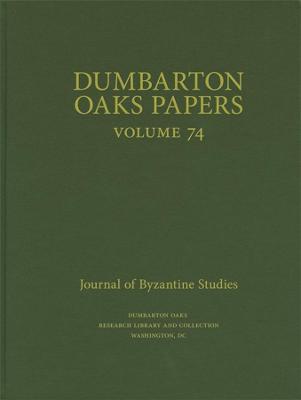Early Creedal Formulations and Theological Discourse
by Mark A Moore
Military History of Late Rome 457-518 (Military History of Late Rome, #3)
by Dr Ilkka Syvanne
A collection of never-before-published essays by the great historian Ernst Kantorowicz, author of the classic The King's Two BodiesErnst Kantorowicz was one of the greatest historians of the twentieth century. His 1927 biography of Frederick II is still in print, and his masterwork, The King's Two Bodies (1957), continues to inspire scholars in a wide variety of fields. From 1935 until his death in 1963, Kantorowicz published some forty essays on an astonishing variety of subjects that reflect t...
A spirited and thought-provoking history of the vast changes that transformed Europe during the 1,000-year span of the Middle Ages The millennium between the breakup of the western Roman Empire and the Reformation was a long and hugely transformative period-one not easily chronicled within the scope of a few hundred pages. Yet distinguished historian Chris Wickham has taken up the challenge in this landmark book, and he succeeds in producing the most riveting account of medieval Europe in a ge...
Greece: The Legacy
Byzantium Triumphant: The Military History of the Byzantines
by Julian Romane
Byzantium Triumphant describes in detail the wars of the Byzantine emperors Nicephorus II Phocas, his nephew and assassin John I Tzimiskes, and Basil II. The operations, battles and drama of their various bitter struggles unfold, depicting the new energy and improved methods of warfare developed in the late tenth century. These emperors were at war on all fronts, fighting for survival and dominance against enemies including the Arab caliphates, Bulgars (Basil II was dubbed by later authors 'the...
Essence and Energies: Being and Naming God in St Gregory Palamas (Routledge Research in Byzantine Studies)
by Tikhon Pino
St. Gregory Palamas (ca. 1296-1357) is among the most well-known and celebrated theologians of late Byzantium. This book provides a comprehensive account of the essence-energies distinction across his twenty-five treatises and letters written over a twenty-year period. An Athonite monk, abbot, and later Metropolitan of Thessalonica, Gregory is remembered especially for his distinction between God’s essence and energies, and his celebrated doctrine still generates a great deal of debate. What do...
The Idea of Rome in Late Antiquity (Social Worlds of Late Antiquity and the Early Middle Ages)
by DR. ENG Ioannis Papadopoulos
This book approaches the manifestation and evolution of the idea of Rome as an expression of Roman patriotism and as an (urban) archetype of utopia in late Roman thought in a period extending from AD 357 to 417. Within this period of about a human lifetime, the concepts of Rome and Romanitas were reshaped and used for various ideological causes. This monograph unfolds through a selection of sources that represent the patterns and diversity of this ideological process. The theme of Rome as a pers...
The Ottoman chronicles recount that the first sultan, Osman, dreamt of the dynasty he would found -- a tree, fully-formed, emerged from his navel, symbolising the vigour of his successors and the extent of their domains. This is the first book to bring the full story of the Ottoman dynasty -- and its empire and peoples -- to a broader readership.Osman's descendants combined the resourcefulness of their nomadic origins with the imperial world-view of conquered Byzantium. The result was a multi-...
Anna Komnene is one of the most curious ?gures in the history of an intriguing empire. A woman of extraordinary education and intellect, she was the only Byzantine female historian and one of the ?rst and foremost historians in medieval Europe. Yet few people know of her and her extraordinary story. Subsequent historians and scholars have skewed the picture of Anna as an intellectual princess and powerful author. She has been largely viewed as an angry, bitter old woman, who greedily wanted a th...
Christians under the Crescent and Muslims under the Cross c.630 - 1923
by Luigi Andrea Berto
This book examines the status that rulers of one faith conferred onto their subjects belonging to a different one, how the rulers handled relationships with them, and the interactions between subjects of the Muslim and Christian religions. The chronological arc of this volume spans from the first conquests by the Arabs in the Near East in the 630s to the exchange between Turkey and Greece, in 1923, of the Orthodox Christians and Muslims residing in their territories. Through organized topics,...
The Chronicle of the Logothete (Translated Texts for Byzantinists, #7)
The Chronicle of Logothetes covers the period from the Creation of the World to the burial of emperor Romanos I Lekapenos in the summer of 948 AD. If we deduce a medieval text's importance and success from the number of extant manuscripts, this work must score highly. While some medieval chronicles have come down to us in only one manuscript, about thirty manuscripts transmit the Chronicle of the Logothete in its main form, and there are also manuscripts containing different kinds of elaborated...
This book casts light on a much neglected phase of the UNESCO world heritage site of Palmyra, namely the period between the fall of the Palmyrene ‘Empire’ (AD 272) and the end of the Umayyad dominion (AD 750). The goal of the book is to fill a substantial hole in modern scholarship - the late antique and early Islamic history of the city still has to be written. In late antiquity Palmyra remained a thriving provincial city whose existence was assured by its newly acquired role of stronghold...
The Alexiad (Royal Collector's Edition) (Annotated) (Case Laminate Hardcover with Jacket)
by Anna Comnena
This study reconstructs Hypatia's existential and intellectual life and her modern Nachleben through a reception-oriented and interdisciplinary approach. Unlike previous publications on the subject, Hypatia explores all available ancient and medieval sources as well as the history of the reception of the figure of Hypatia in later history, literature, and arts in order to illuminate the ideological transformations/deformations of her story throughout the centuries and recover "the true story". T...
Between the fall of the western Roman Empire in the fifth century and the collapse of the east in the face of the Arab invasions in the seventh, the remarkable era of the Emperor Justinian (527-568) dominated the Mediterranean region. Famous for his conquests in Italy and North Africa, and for the creation of spectacular monuments such as the Hagia Sophia, his reign was also marked by global religious conflict within the Christian world and an outbreak of plague that some have compared to the Bl...
Dumbarton Oaks Papers, 74 (Dumbarton Oaks Papers (HUP))
by Colin M Whiting

